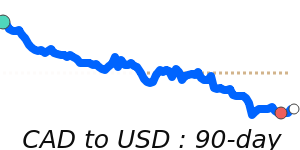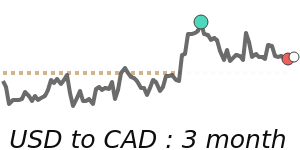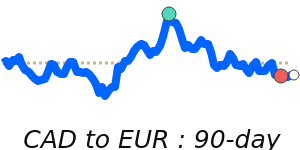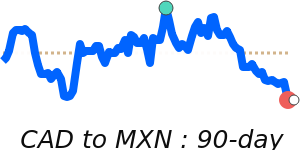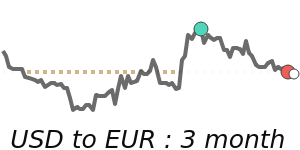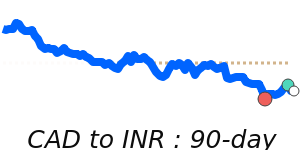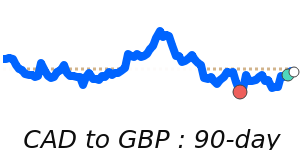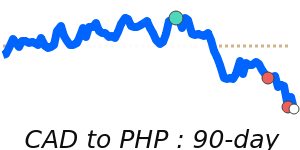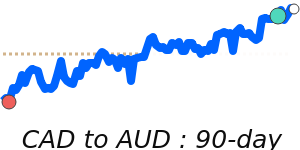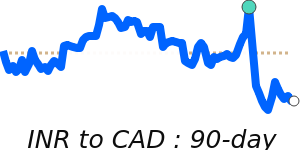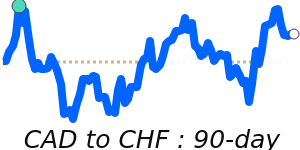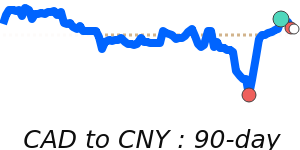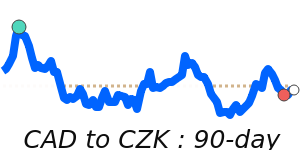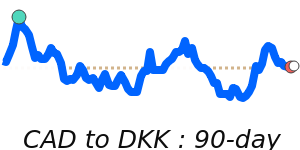The Canadian dollar (CAD), often referred to as the "loonie," has shown resilience recently, primarily driven by rising oil prices and unexpected GDP growth. As of December 4, 2025, oil prices increased by 1.5% to $59.84 per barrel, positively influencing the CAD given Canada’s status as a major oil exporter. Analysts note that this correlation between the CAD and oil prices remains strong, and the recent uptick in oil prices has helped the currency rebound from initial losses caused by a stronger USD.
However, attention is now turning to Canada's employment data, with expectations of the unemployment rate climbing from 6.9% to 7% in November. Should the forecast materialize, it may place downward pressure on the loonie. Additionally, despite a robust GDP growth of 2.6% in Q3 exceeding forecasts, concerns linger regarding the manufacturing sector, where the S&P Global Canada Manufacturing PMI fell to 48.4, indicating contraction.
The Bank of Canada recently lowered its key interest rate by 25 basis points to 2.25%, suggesting an end to its easing cycle. This decision could have mixed implications for the CAD as lower rates generally dissuade foreign investment. Market experts emphasize that the performance of the CAD heavily relies on oil market trends, monetary policy, and global economic dynamics.
Currently, the CAD is performing well against major currencies, sitting at 60-day highs near 0.7232 against the USD, 90-day highs of 0.6211 versus the EUR, and 0.5421 against the GBP, which is slightly above its three-month average. Notably, the CAD/JPY exchange rate is at 112.4, showcasing a 3.3% premium over its three-month average.
In terms of oil market movements, oil prices remain volatile but recently reached a 14-day high near $63.75, underscoring the potential for fluctuations in CAD values as investors navigate these interconnected markets. Currency watchers will want to keep an eye on upcoming economic indicators and geopolitical developments, as these will undoubtedly influence the trajectory of the loonie.
